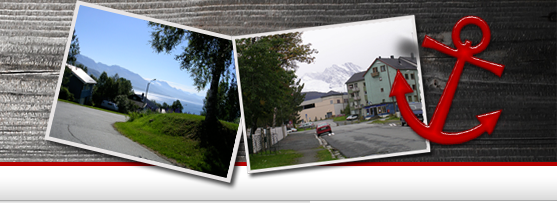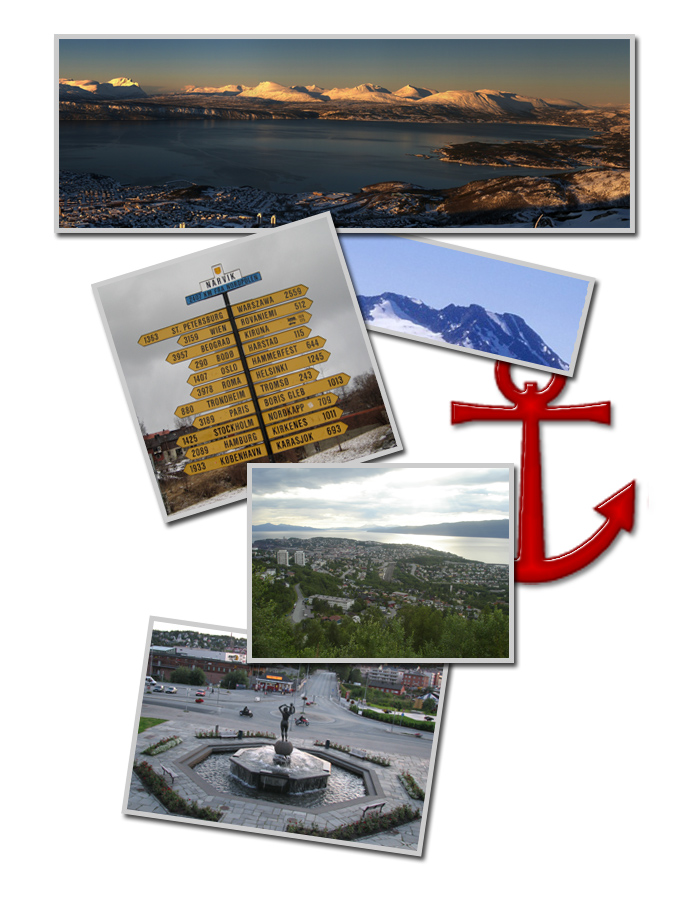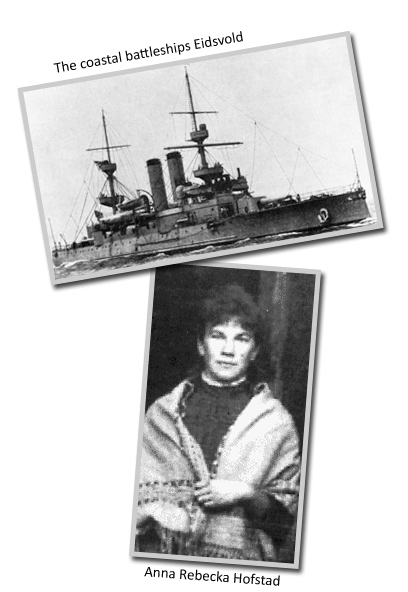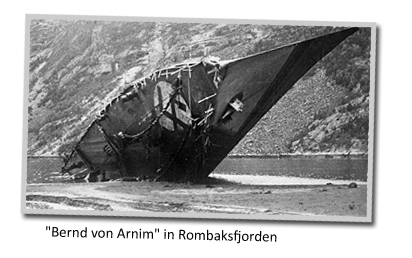


|
 |
|
The history of the small location Narvik begins in the 1883 when a Swedish/British company got the licensing for building a railroad from the iron ore in Kiruna, Sweden to Narvik.
It got the name Victoriahamn (Victoria harbour) after the visit of the Swedish Crown Prince Gustav and his wife Victoria. The name was changed to Narvik twelve years later. It was named after the old Narvik farm ("Narduigh" - 1567), since the town is built on its ground.
The first company went bankrupt in 1889 so the Swedish and the Norwegian government had to finish the building of the railroad to Narvik. The railroad was opened in 1902. Narvik had grown to 8000 inhabitants at that time.
In 2003 Narvik had 18 470 inhabitants. The town is beautiful placed between two fjords with magnificent mountains in the background. In surface Narvik is the second largest in northern Norway with 2040,7 km². The town is build around LKAB’s iron ore export. The iron ore comes from the mining in Kiruna and goes with the railway down to Narvik where it gets shipped out.
The harbour is one of the world’s largest and can export about 28 million tons each year . It can take ships up to 350 000 ton. It has been shipped out 23,2 million ton at the most, in 1973. Today they ships out about 13 million ton iron ore each year.
It’s 42 km with the railroad from Narvik to the Swedish border and parts of the railroad is located high up in the mountain with a magnificent view over the fjord.
In march every year Narvik celebrate itself for one week.
The time is being turned back 100 years, as it was when the railroad was build. Back to the time of the building of the railroad when the navvies was singing to the sound of the chiselstrikes. In one week the people in Narvik turns the town back to like it was back then.
The inhabitants dress up in clothes from that time and the nightlife increases rather drastic. A “Svarta Bjørn” (Black bear) and a navvy is choosen.
“Svarta Bjørn” is a legendary person whose story has lived among people from the beginning of the town. Svarta Bjørns real name was Anna Rebecka Hofstad and she was born 7th April 1878, she died of tuberculosis 19th September 1900.
She worked at the railroad with making food and washing clothes to the navvies. She was called Svarta Bjørn (black bear) because of her athletic strength and black hair.
Narvik was destroyed by the fighting in 1940 and hastily rebuilt, hence the architecture is rather functional, but private homes are often painted in bright colours.
There is an Occupation Museum about the years 1940-1945 which holds the Victoria Cross awarded posthumously to Captain Warburton-Lee of the British Royal Navy in 1940 and
a rare German Enigma coding machine.
Many of the wrecks whose not preserved is a popular target for sport divers. It’s about 30 wrecks in the fjord around Narvik.
Mountain hiking is, understandably, very popular in this area, and the mountain area near the Swedish border has several accommodation possibilities.
Fishing in the fjord or in lakes and streams is a popular leisure activity.
There are salmon rivers in Skjomen, Beisfjord and Bjerkvik.
The 18-hole Golf Course in Skjomen is situated in a very scenic landscape, and is one of the most northern in the world.
There is also a cable car to Fagernesfjellet, with a stunning view and the possibility to walk even higher up in the mountains.
Narvik is the best known location in Scandinavia when it comes to alpine skiing. There are lifts, and several of the slopes are floodlit.
The total fall of the slopes are 875m but it’s slopes for every level.
Downhill/Super G: Length: 3.150m, fall: 875m
Slalom/Giant slalom: Length: 1.200m, fall: 360m
Slalom: Length: 550m, fall: 220m
Slalom: Length: 600m, fall: 140m
+ family/beginners slopes – slopes for traing
Off Pist


